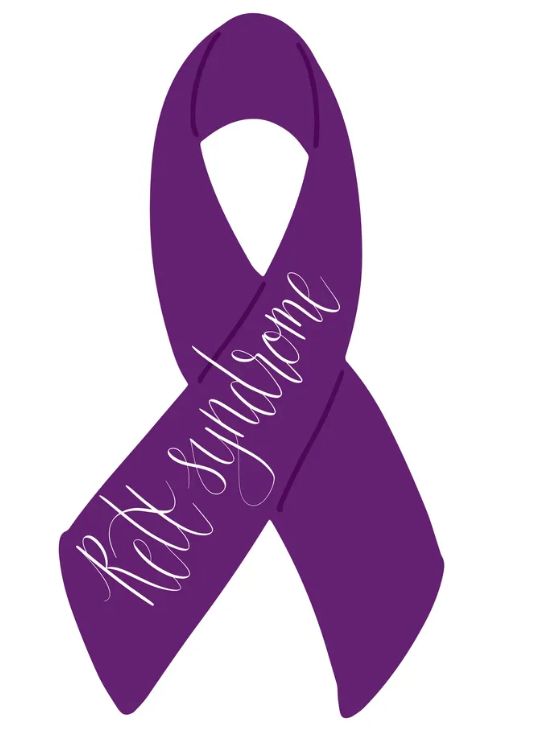Integrated outpatient rehabilitation and improving the quality of life in Rett syndrome
Reference: 6 Abstract: Continues in Milan, Istituto Don Calabria, the “integrated approach to rehabilitation and improvement of the quality of life in Rett Syndrome” started in March 2011 through the call for projects to assist the Mariani Foundation and in collaboration with AIRETT. The project envisages an integrated rehabilitation assessment (motor aspects, interpersonal, communication and … Read more
